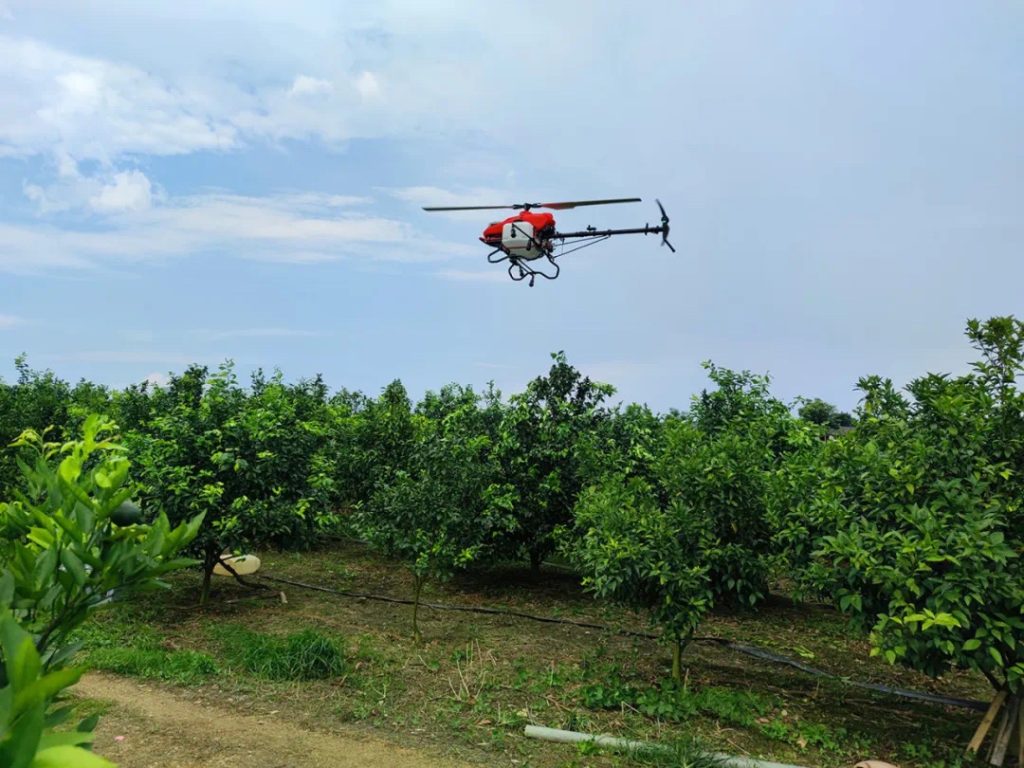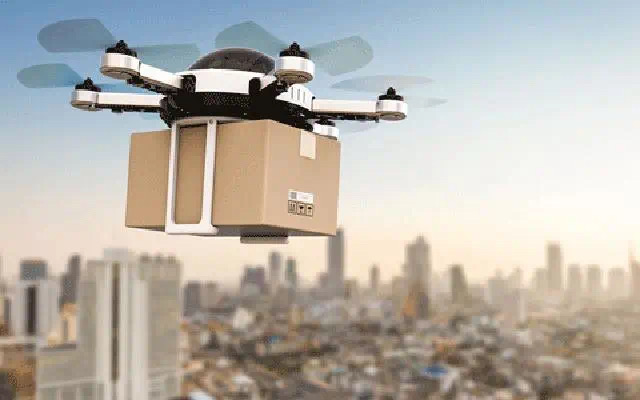Statistics show that by the end of 2022, there are 13000 UAV operating enterprises in China, with an annual output value of 107 billion yuan, and 832000 registered UAVs. The number of UAVs has increased by 60.9% over 2020. The number of real-time flights of UAVs is about 386 million, and the flight duration is about 16.689 million hours. Among them, there are more than 1300 UAV enterprises in Shenzhen with an output value of 75 billion yuan.
It is understood that UAV has become an important support for low-altitude economic development. In 2021, the State Council proposed the development of low-altitude economy for the first time in the Outline of the National Comprehensive Three-dimensional Transportation Network Plan. Five provinces of Hunan, Jiangxi, Anhui, Sichuan and Hainan have launched pilot projects in succession. New application scenarios such as urban air traffic (UAM), advanced air traffic (AAM), electric vertical takeoff and landing aircraft (EVTOL) are emerging constantly, and the integration of unmanned aerial vehicles and various industries is accelerating.


At present, civil UAVs are applied in many industries, such as agriculture and forestry plant protection, electric power inspection, emergency rescue, logistics and transportation, forest environmental protection, disaster prevention and mitigation, geological meteorology, urban planning and management, and have a huge growth space. To achieve better development of low-altitude economy, low-altitude opening is an inevitable trend. The construction of urban low-altitude sky road network will support the large-scale and commercial development of UAV applications. The low-altitude economy represented by UAVs is also expected to become a new engine to drive social and economic growth.
In fact, with the increasingly mature UAV logistics model, more than 20 provinces and cities have launched business in succession. Among them, Shunfeng, JD, Meituan, Cainiao, Zhongtong, Yuantong and other express enterprises have laid out in succession, and UAVs have become the next battlefield of the express logistics industry.
At present, UAV logistics transportation has also been supported by relevant national policies. The “Fourteenth Five-Year Plan” for the Development of Air Logistics proposes to incorporate UAV logistics into express delivery and village mail services, promote the integrated development of express logistics, and enhance professional transport capacity. In addition, there are 2 UAV logistics development pilot zones and 3 urban UAV logistics distribution pilot zones in the 13 national UAV development pilot zones. The Guidelines for the Planning and Construction of Logistics Distribution Stations in Shenzhen proposed that the construction of logistics distribution stations should consider the future technological development, reasonably reserve the space for unmanned distribution vehicles, unmanned aerial vehicle distribution, underground pipeline distribution and other facilities, paving the way for the development of unmanned aerial vehicle freight.
The application and popularization of UAV is of great significance to the development of express industry. According to the data of the National Post Office, China’s express business volume has reached 110.58 billion pieces in 2022, with a year-on-year increase of 2.1%. The delivery service is “in short supply”, and the UAV can undertake part of the terminal distribution work, which to some extent alleviates the employment pressure.
According to the prediction, with the development of UAV technology and network, the scale will greatly reduce the cost. By 2040, UAV distribution may account for 30% of the package delivery volume of the day. According to the prediction of the Shenzhen UAV Industry Association, by 2024, the UAV market in China will reach 160 billion yuan, of which the UAV market in express logistics will reach about 30 billion yuan.






Please sign in to comment
register